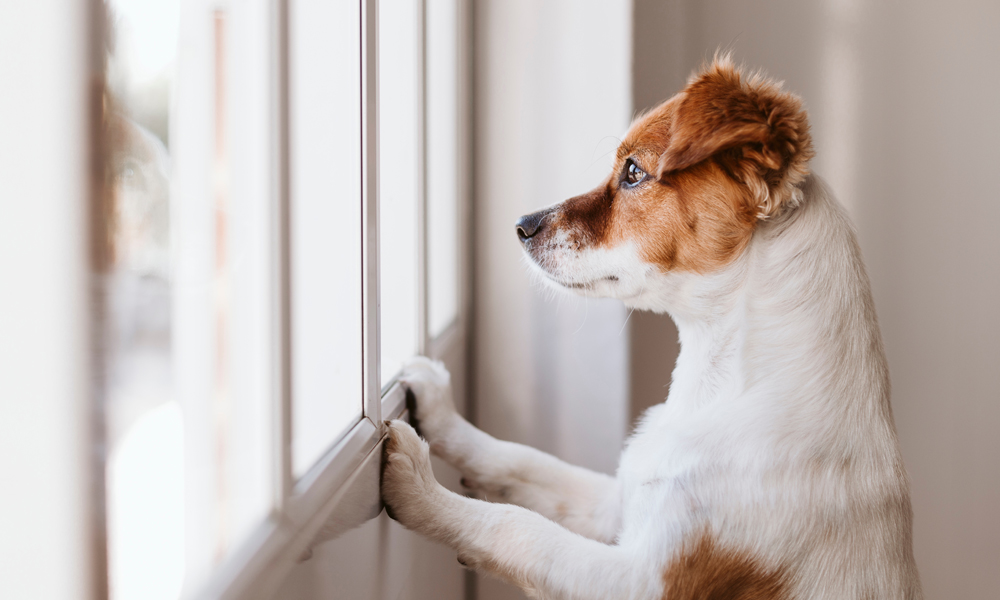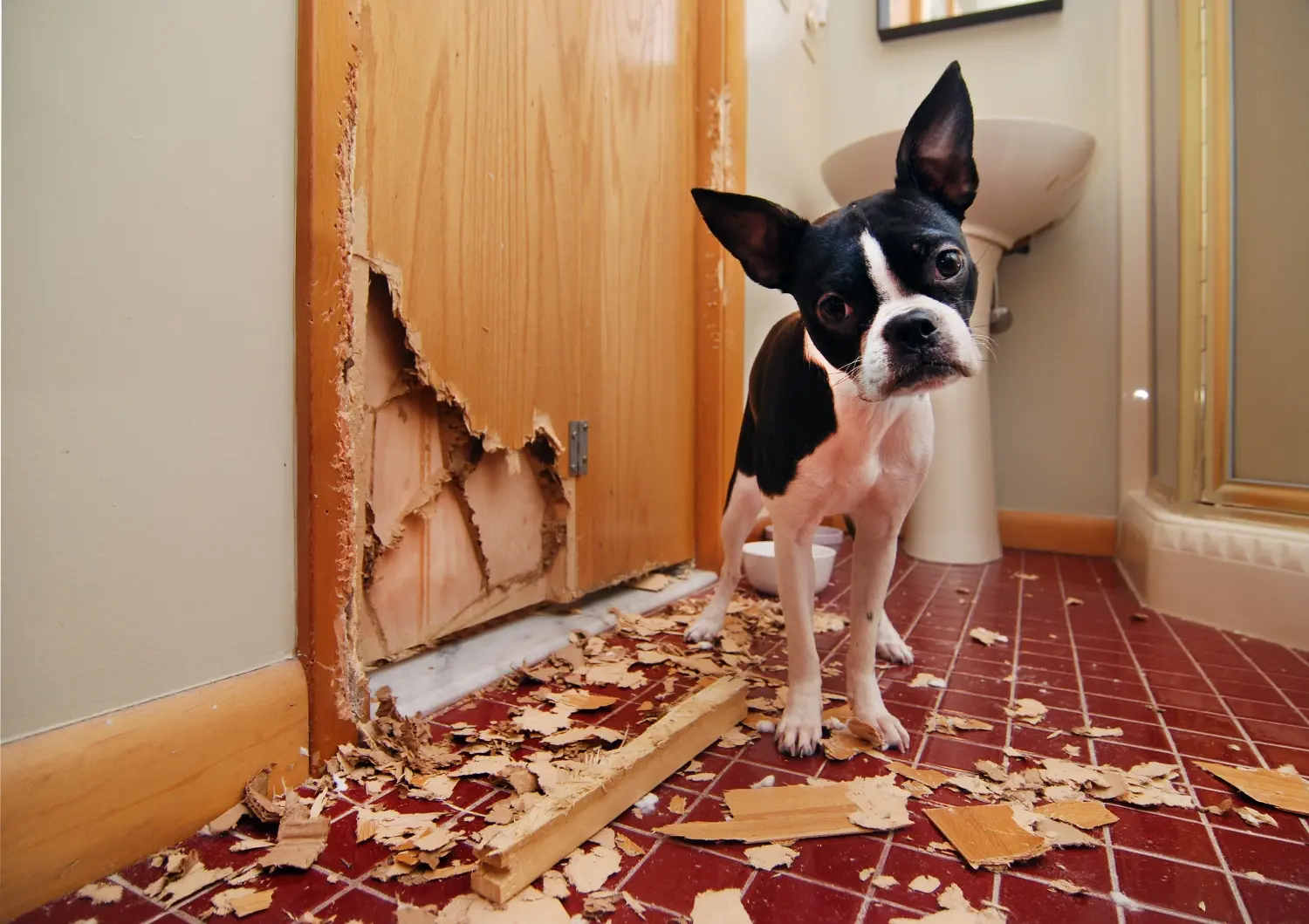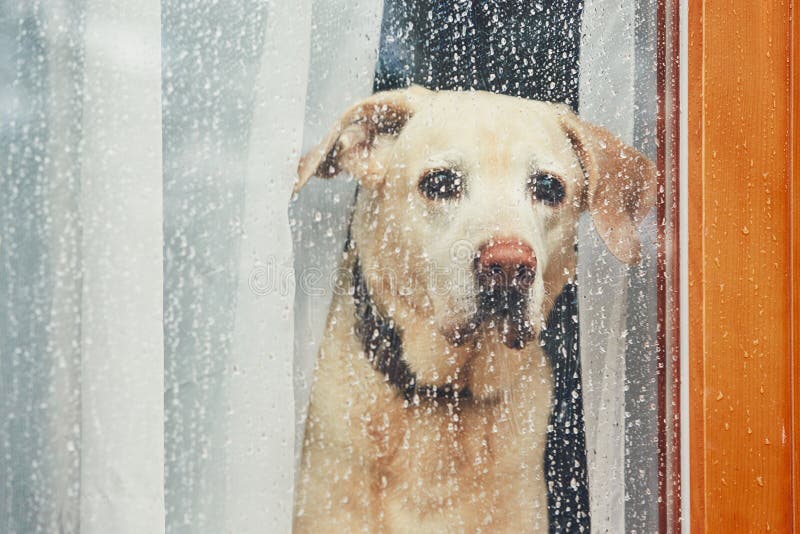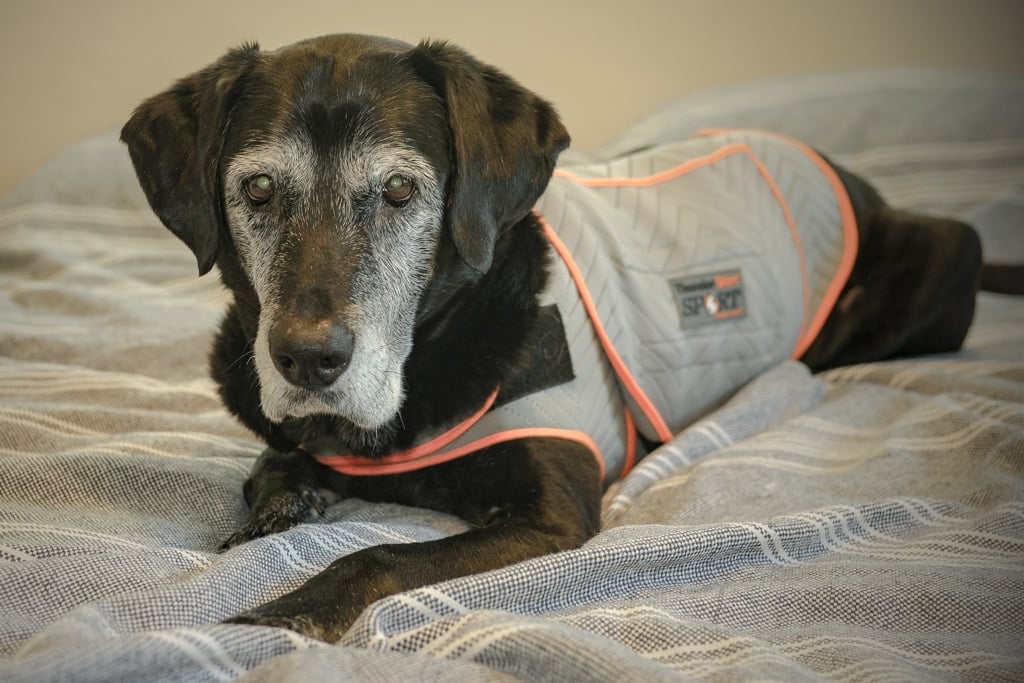Separation Anxiety in Dogs: A Complete Guide to Helping Your Pet Cope When Left Alone
Leaving your dog home alone can be tough—for both of you. While you’re off at work or running errands, your furry friend might be pacing, whining, or even chewing up your favorite shoes. If this sounds familiar, your dog could be dealing with separation anxiety. This common issue affects countless dogs, turning departures into stressful events. But don’t worry—there’s hope!
In this comprehensive guide, we’ll dive into what separation anxiety in dogs is, why it happens, and how it impacts your pet’s health and behavior. We’ll share real-life stories, common mistakes to avoid, and practical, vet-approved strategies to help your dog feel calm and secure when you’re not around. Whether you’re a new pet parent or dealing with a long-standing issue, this article will give you the tools to make alone time less stressful for your canine companion.

Table of Contents
- What Is Separation Anxiety in Dogs?
- Why Do Dogs Get Separation Anxiety?
- Health and Behavioral Risks of Separation Anxiety
- Common Mistakes Pet Owners Make
- Real-Life Stories: Dogs with Separation Anxiety
- Actionable Tips to Help Your Dog Cope
- Recommended Products for Separation Anxiety
- Frequently Asked Questions About Separation Anxiety
- Final Thoughts
What Is Separation Anxiety in Dogs?
Separation anxiety is a behavioral condition where dogs experience distress when separated from their owners or left alone. It’s more than just missing you—it’s a deep-rooted fear that can manifest in various ways, from mild unease to full-blown panic. Understanding the signs and triggers is the first step to helping your dog.
Signs of Separation Anxiety
Not sure if your dog has separation anxiety? Look for these common behaviors when you’re away or preparing to leave:
- Excessive barking or whining: Persistent vocalization when you’re gone.
- Destructive behavior: Chewing furniture, scratching doors, or digging at carpets.
- Pacing or restlessness: Walking in circles or back and forth when alone.
- House soiling: Urinating or defecating indoors, even in house-trained dogs.
- Escape attempts: Trying to break out of crates or jump through windows.
- Excessive drooling or panting: Physical signs of stress and anxiety.
How Common Is It?
Studies estimate that 20–40% of dogs experience some form of separation anxiety. It’s particularly common in rescue dogs, puppies, and breeds with strong attachment tendencies, like Labrador Retrievers or German Shepherds. However, any dog can develop this condition under the right circumstances.

Why Do Dogs Get Separation Anxiety?
Dogs are pack animals, wired to bond closely with their human families. When that bond is disrupted by your absence, some dogs struggle to cope. Let’s explore the main reasons behind separation anxiety.
Evolutionary Instincts
In the wild, dogs’ ancestors relied on their pack for safety and survival. Being alone meant vulnerability. Modern dogs carry this instinct, and for some, being separated from their “pack” (you) feels like a threat, triggering anxiety.
Past Trauma or Experiences
Dogs with a history of abandonment, rehoming, or shelter life are more prone to separation anxiety. A puppy left alone too early or a rescue dog with a turbulent past may associate your absence with fear of never seeing you again.
Changes in Routine
Sudden changes—like a new work schedule, moving to a new home, or the loss of a family member—can spark separation anxiety. Dogs thrive on predictability, and disruptions can make them feel insecure.
Overattachment to Owners
Dogs that are overly dependent on their owners—sometimes called “Velcro dogs”—are more likely to develop separation anxiety. Constant attention or lack of alone time during puppyhood can make it harder for dogs to cope when left alone.
Breed and Personality Factors
Some breeds, like herding dogs (e.g., Border Collies) or companion breeds (e.g., Chihuahuas), are more prone to separation anxiety due to their strong bonding tendencies. Anxious or sensitive dogs are also more susceptible, regardless of breed.

Health and Behavioral Risks of Separation Anxiety
Separation anxiety doesn’t just make your dog unhappy—it can lead to serious health and behavioral issues. Understanding these risks can motivate you to address the problem early.
Stress-Related Health Problems
Chronic anxiety triggers the release of stress hormones like cortisol, which can weaken your dog’s immune system, leading to issues like digestive upset, skin problems, or a higher risk of illness. Prolonged stress can also exacerbate conditions like heart disease in senior dogs.
Destructive Behavior and Injury
Dogs with separation anxiety may chew furniture, scratch doors, or attempt to escape, risking injury. Broken teeth, cut paws, or even fractures from jumping out of windows are real dangers for panicked dogs.
Escape and Loss
The ASPCA reports that separation anxiety is a leading cause of lost pets, as dogs may bolt through doors or break out of crates in a panic. Escaped dogs face risks like getting hit by cars or becoming lost far from home.
Long-Term Behavioral Issues
Untreated separation anxiety can worsen over time, leading to generalized anxiety or other phobias. For example, a dog anxious about being alone may also start fearing loud noises or new environments.

Common Mistakes Pet Owners Make
Helping a dog with separation anxiety requires patience and the right approach. Here are common mistakes owners make and how to avoid them.
Punishing Anxious Behavior
Scolding your dog for chewing furniture or barking while you’re gone can worsen their anxiety. They’re not misbehaving out of spite—they’re stressed. Focus on positive reinforcement instead.
Making a Big Deal of Departures
Long, emotional goodbyes can heighten your dog’s anxiety. Keep departures and returns low-key to avoid signaling that being alone is a big deal.
Not Providing Mental Stimulation
Leaving your dog with nothing to do can exacerbate anxiety. Boredom and pent-up energy can amplify stress, leading to destructive behavior.
Rushing the Training Process
Separation anxiety takes time to resolve. Expecting quick fixes or pushing your dog to stay alone too soon can backfire, increasing their fear.
Real-Life Stories: Dogs with Separation Anxiety
These real-life examples show how separation anxiety affects dogs and how owners have helped them cope.
Case Study 1: Daisy the Golden Retriever
Daisy, a 4-year-old Golden Retriever, destroyed her owner’s couch every time she was left alone. Her owner, Lisa, worked with a dog trainer to implement gradual desensitization. Lisa started leaving Daisy for short periods, rewarding calm behavior with treats. She also used a puzzle toy to keep Daisy occupied. Within a few months, Daisy could stay alone for several hours without issue.
Case Study 2: Milo the Rescue
Milo, a rescue mutt, would bark incessantly when his owner, Tom, left for work. After noticing Milo’s stress, Tom installed a pet camera to monitor him and consulted a vet. The vet recommended a Thundershirt and Adaptil diffuser. Combined with short practice absences, these tools helped Milo relax, and he now naps calmly while Tom’s away.

Actionable Tips to Help Your Dog Cope
Helping your dog overcome separation anxiety takes time, but these vet-approved strategies can make a big difference.
Gradual Desensitization
Start by leaving your dog alone for short periods (e.g., 5 minutes) and gradually increase the time. Reward calm behavior with treats to build positive associations with being alone.
Provide Mental Stimulation
Keep your dog occupied with puzzle toys, treat-dispensing toys, or safe chew bones. These can distract them from your absence and reduce boredom.
Create a Safe Space
Designate a cozy area, like a crate or a corner with their bed, where your dog feels secure. Include familiar items like toys or a shirt with your scent.
Use Calming Aids
Products like Thundershirts, pheromone diffusers (e.g., Adaptil), or calming chews can help. Consult your vet to ensure they’re safe for your dog.
Exercise Before Leaving
A tired dog is less likely to be anxious. Take your dog for a walk or play session before you leave to burn off energy and promote relaxation.
Keep Departures Low-Key
Avoid making a fuss when leaving or returning. A calm, neutral attitude helps your dog see alone time as normal.
Use Technology
Pet cameras with two-way audio, like the Furbo Dog Camera, let you check on your dog and speak to them remotely, offering reassurance.
Seek Professional Help
If your dog’s anxiety is severe, consult a veterinary behaviorist or certified dog trainer. They can develop a tailored plan to address your dog’s needs.
Recommended Products for Separation Anxiety
These vet-approved products can help ease your dog’s separation anxiety. Always check with your vet before using new products.
- Thundershirt Classic Dog Anxiety Jacket: Applies gentle pressure to calm dogs. Available at Chewy.
- Adaptil Calming Pheromone Diffuser: Mimics calming pheromones. Available at Petco.
- Zesty Paws Calming Bites: Natural chews with chamomile and L-theanine. Available at Amazon.
- Furbo Dog Camera: A pet camera with treat-tossing and two-way audio. Available at Furbo.
- KONG Classic Dog Toy: A durable toy for treat-dispensing. Available at PetSmart.
Frequently Asked Questions About Separation Anxiety
What causes separation anxiety in dogs?
Separation anxiety can stem from evolutionary instincts, past trauma, changes in routine, or overattachment to owners.
How can I tell if my dog has separation anxiety?
Look for signs like barking, destructive behavior, pacing, house soiling, or escape attempts when you’re gone.
Can I cure my dog’s separation anxiety?
While it may not be fully “cured,” gradual desensitization, training, and calming aids can significantly reduce symptoms.
Should I crate my dog with separation anxiety?
Crating can help if your dog sees it as a safe space, but it can worsen anxiety in some dogs. Consult a trainer to decide.
When should I seek professional help?
If your dog’s anxiety is severe or doesn’t improve with training, consult a veterinary behaviorist or certified trainer.
Final Thoughts
Separation anxiety in dogs can be challenging, but with patience and the right strategies, you can help your pet feel secure when alone. By understanding the root causes—instincts, past experiences, or routine changes—you can take proactive steps like desensitization, mental stimulation, and calming aids. Avoid common mistakes like punishing anxious behavior, and consider professional help if needed.
Your dog’s happiness and well-being are worth the effort. With time and love, you can turn alone time into a positive experience for your furry friend. Have tips or stories about helping your dog with separation anxiety? Share them with the Cute Pets Lovers community in the comments below!
